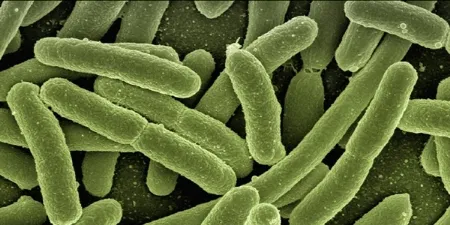In 1885, Theodor Escherich first isolated Bacterium coli from children's fecal samples. After the 1920s, this bacterium underwent a name change and became known as Escherichia coli.
Cookies help us deliver our services. By using our services, you agree to our use of cookies.






